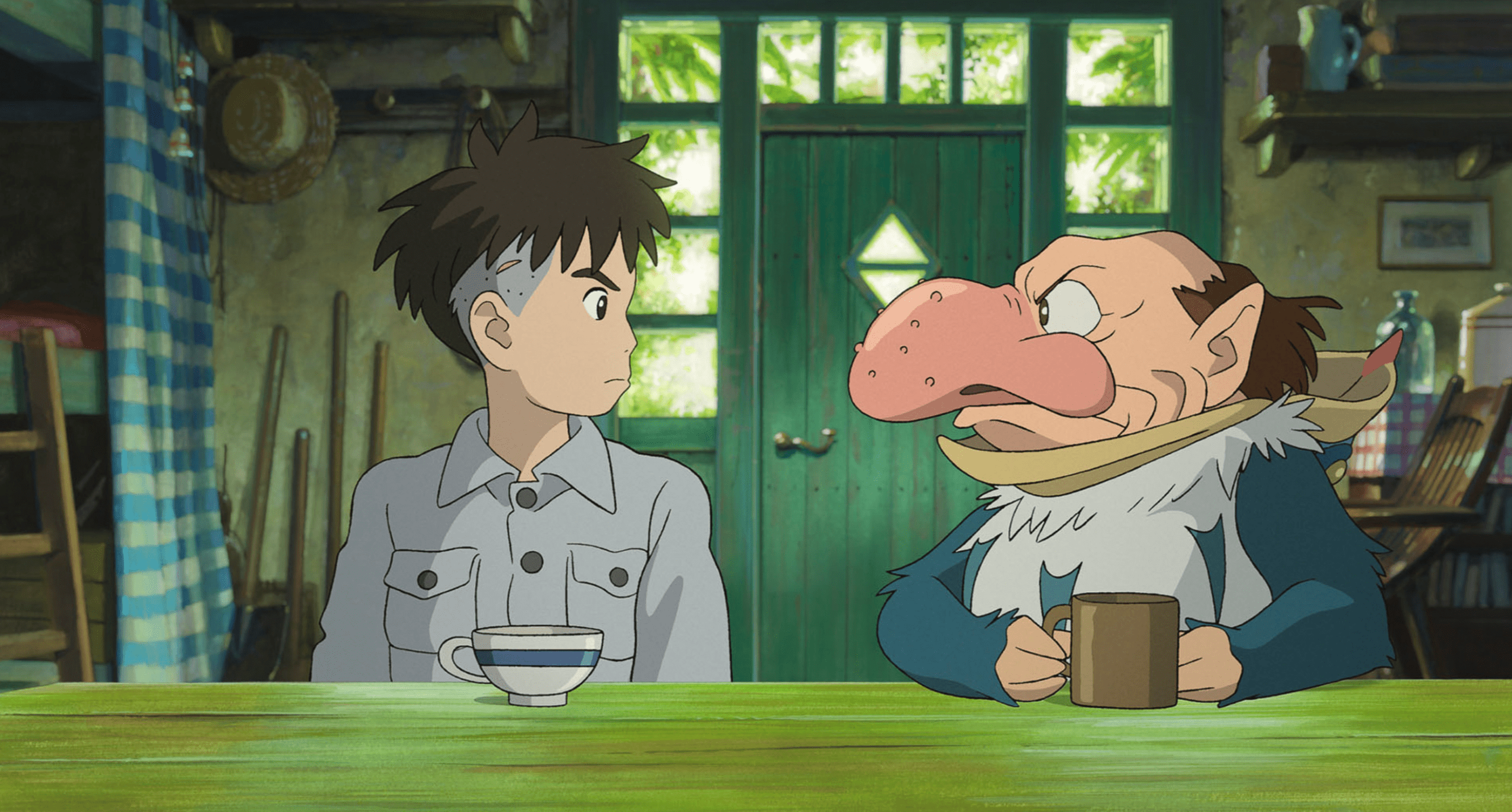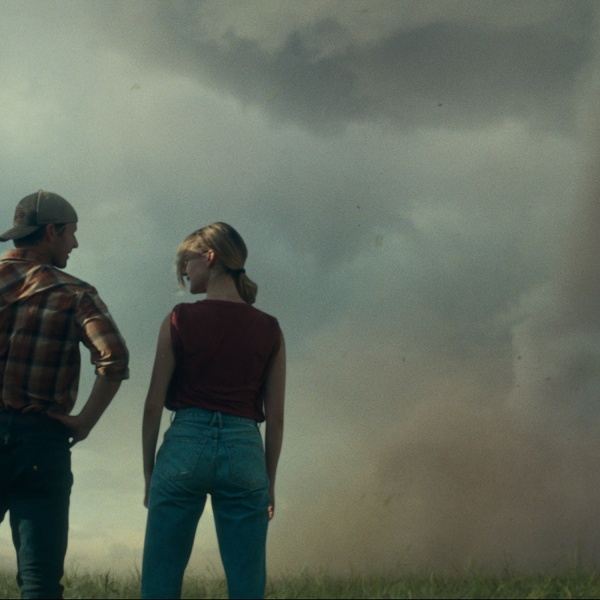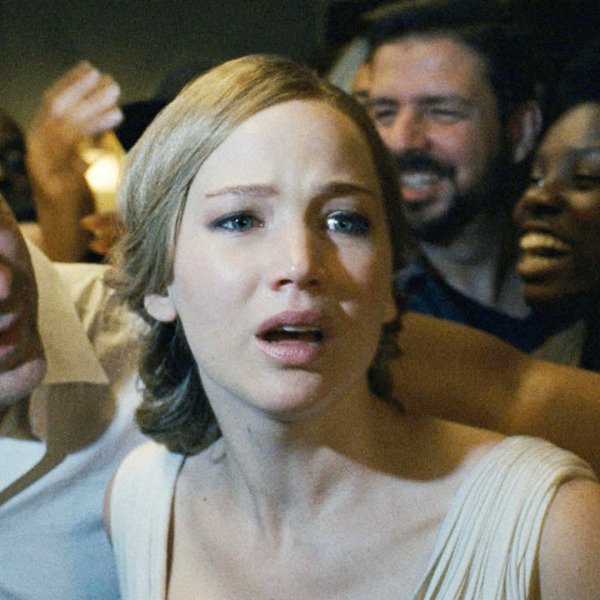When Hayao Miyazaki pitched “The Boy and the Heron” (GKids, now in select L.A. and NYC theaters) to Studio Ghibli co-founder/producer Toshio Suzuki in 2016, he asked permission to make the story about himself. This took Suzuki — his friend of nearly 40 years at the time — by surprise; the legendary anime director isn’t known for getting so personal. And yet this aligned perfectly with the notion that Ghibli films are devoted to reliving memories.
“I agree that it is Miyazaki’s most personal film because he actually told me,” Suzuki told IndieWire over Zoom through an interpreter. Not only is “The Boy and the Heron” inspired by Miyazaki’s childhood (he endured the firebombing of Japan during World War II and his father was director of the family’s aircraft manufacturing factory), but also his career at Ghibli with his two closest friends: the late studio co-founder/director Isao Takahata (“Grave of the Fireflies”) and Suzuki.
“Miyazaki is Mahito [the 12-year-old protagonist voiced by Luca Padovan in the English-language version], Takahata is the great uncle [voiced by Mark Hamill], and the gray heron [voiced by Robert Pattinson] is me,” Suzuki added. “So I asked him why. He said [Takahata] discovered his talent and added him to the staff. I think Takahata san was the one who helped him develop his ability. On the other hand, the relationship between the boy and the [heron] is a relationship where they don’t give in to each other, push and pull.”
Collectively, it’s a lot to unpack: Miyazaki came out of retirement for the second time after “The Wind Rises” (2013) to make his 12th feature — the semi-autobiographical, hand-drawn fantasy for his grandchildren. It’s about destruction, loss, and rebuilding a better future through imagination, inspired by the novel he adored as a child (“How Do You Live?”).
Mahito loses his mother in the firebombing of Japan and relocates to the countryside, where his father (voiced by Christian Bale), who runs an air munitions factory, marries his sister-in-law, Natsuko (voiced by Gemma Chan). Traumatized, angry, and confused, the boy encounters a talking heron (part bird, part man), who tells him that his mother is still alive and guides him to an alternate world in a magical tower shared by the living and the dead. There he encounters his great uncle, the architect of the tower, and reunites with both his mother (voiced by Karen Fukuhara) and Natsuko.

At first, Suzuki resisted green-lighting “The Boy and the Heron” because of Miyazaki’s age (he’s 82) and the great expense (it is arguably Japan’s most expensive film but has made the equivalent of nearly $80 million at the country’s box office). Yet Miyazaki wore down his resistance with his enthusiasm and impressive storyboarding. The film took seven years to complete, and Suzuki needed to hire some of Japan’s most talented animators outside of Ghibli to handle the task (including supervising animator Takeshi Honda of “Neon Genesis Evangelion” fame). With diminished stamina and failing eyesight, Miyazaki was unable to oversee the production in the same manner as when he was at the height of his creative powers and relied on Honda to draw, redraw, and review under close advisement.
But with the death of Takahata in 20018, a grief-stricken Miyazaki was forced to scale back the role of the great uncle in the story, who had previously been more central to the boy’s life. “After Takahata passed away, he wasn’t able to continue with that story, so he changed the narrative and it became the relationship between the boy and the Heron,” Suzuki continued. “And in his mind, initially, the Heron was something that symbolizes the eeriness of the mansion and that tower, even ominous, that he goes to during war time. But he changed it to this sort of budding friendship between the boy and the Heron.”
Miyazaki first toyed with the idea of exploring the theme of friendship in “The Wind Rises” (inspired by real-life fighter design engineer Jiro Horikoshi during World War II) before abandoning it. “So this time around, when the Heron became the centerpiece of the story, and he came with the storyboards, I was careful for him to not portray me in a bad way,” Suzuki said. “Having said that, I’ve known Miyazaki for 45 years. I remember everything about him. There are things that only I know. There are things that only the two of us know. And he remembers all these small details, which I was very impressed with.”

For example, when Mahito and the Heron sit and chat at the house of Kiriko (voiced by Florence Pugh), a younger, seafaring version of one of the old maids, it is a recreation of the way Miyazaki and Suzuki would meet. “The place that we do our meetings, where we have our conversation is at his studio, his atelier,” he added. “And he has this like large table, but we don’t sit facing each other, we sit next to each other, and we never look at each other when we talk. And what we discussed was very similar.”
During production, Suzuki became impatient to see the new storyboards with the great uncle. It seemed Miyazaki was intentionally stalling while grieving about Takahata. “My question was: ‘So when is the great uncle going to appear?’” said Suzuki. “He built this great character, but he never appears in the storyboards that he would bring me. But it took him actually about a year after the passing of Takahata that he was able to draw that character into the storyboards in the second half of the story.
“And the most surprising thing for me was when I saw the storyboard where Mahito was asked by his great uncle to carry on with this work, this legacy, and he says no — he declines the offer. Miyazaki was someone who followed the path of Takahata for so many years, and I thought it was a huge thing for him [to follow a different path].”
Meanwhile, Suzuki confirmed that Miyazaki has not retired. The film has given the director renewed confidence to keep working on other stories. However, Miyazaki can’t focus on new ideas while “The Boy and the Heron” remains in theaters. “He needs to empty his mind again,” Suzuki said, “and then when he’s emptied his mind with a blank canvas, he usually comes up with new ideas. So we have to wait a little more.”




